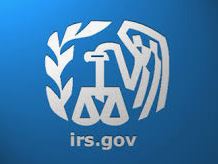
Qualified individuals affected by COVID-19 may be able to withdraw up to $100,000 from their eligible retirement plans, including IRAs, between Jan. 1 and Dec. 30, 2020.
These coronavirus-related distributions aren’t subject to the 10% additional tax that generally applies to distributions made before reaching age 59 and a half, but they are still subject to regular tax. Taxpayers can include coronavirus-related distributions as income on tax returns over a three-year period. They must repay the distribution to a plan or IRA within three years.
Some plans may have relaxed rules on plan loan amounts and repayment terms. The limit on loans made between March 27 and Sept. 22, 2020 is raised to $100,000. Plans may suspend loan repayments due between March 27 and Dec. 31, 2020.
Read More




















Recent Comments